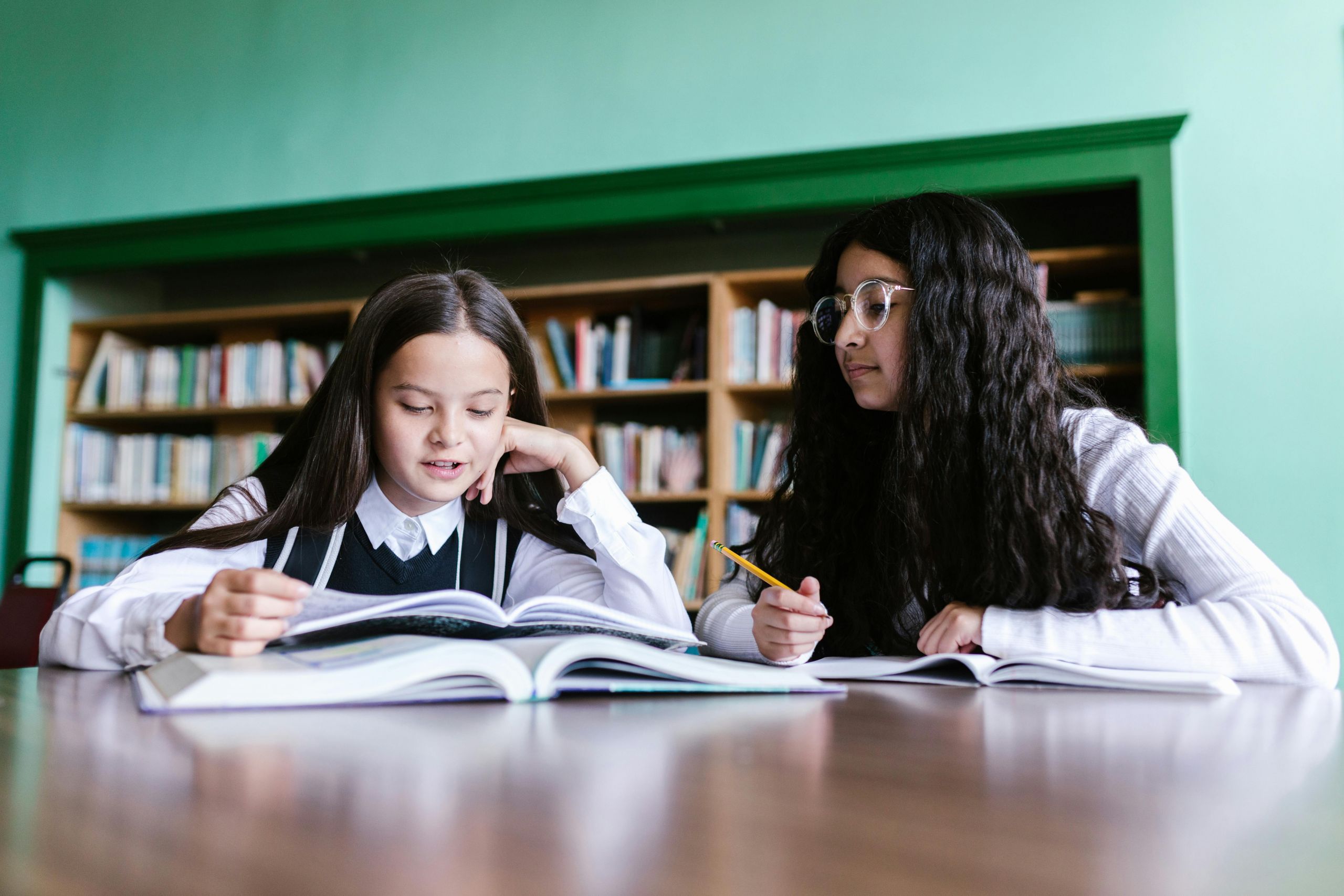The focus on early literacy and the five pillars of reading is important, but there is more to teaching literacy. As Kylene Beers states, “Does phonics instruction matter? Yes. But you [teachers] matter more” (2023, pg. 262). Recently, I spent time in thirteen classrooms containing culturally, economically, and linguistically diverse students to understand how teachers implement culturally responsive pedagogies into curricula and texts required by school districts or state departments. Connections with the students and to the texts are integral to reading instruction.
“Connections with the students and to the texts are integral to reading instruction.”
One teacher, Cary, reiterated the importance of engaging readers. During an interview with Cary, she stated, “I have to make them care, I have to make them want to find out what happens.” Although we spoke of multiple strategies Cary uses to engage students in required texts, the recurring theme is that she does this by connecting the texts to real-life events or reasons for learning.
Consider the skills you use in your adult life and incorporate those skills into the curriculum.

Cary finds a way to connect the purpose of in-school literacy activities to future events when students need reading skills. For example, when students in her honors class were required to read The Scarlet Letter, she prefaced the reading comprehension strategies they would use by assuring students they may not need to know the plot events or themes in the book to live their lives but that “fighting through a text is going to teach you to fight through the text code. It is going to give you the tools to successfully read and fight through the car seat manual.” As Beers states, “Helping kids become skilled readers requires teaching kids how to struggle successfully through a text” (2023, p. 49). Cary is not only focused on the need for comprehension and monitoring when students read, but she is also “building bridges between home and school” by connecting to future needs and literacy assignments (Gay, 2018, p. 78). There is a purpose for understanding difficult text code, and a useful example is given when it could be important in students’ lives.
She also prefaces the importance of writing about texts. The example she gave to her students for writing an argumentative essay about the text they were studying was sending an email contesting an incorrect charge on a hospital bill. She told students, “If you can’t argue [your point]…if you can’t do it well, then can you contest a bill to a hospital?” In this example, Cary also gives a clear purpose for connecting writing skills to reading in English Language Arts that bridge activities between home and school.
The science of reading research advocates for explicit instruction. Not only do we need to teach comprehension strategies explicitly, but we also need to connect the reasons for doing so to future tasks in our adult lives where these strategies or reading and writing are useful. As Young, Paige, and Rasinski (2022) state, “When reading has a purpose, students have a desire to comprehend” (p.116).
“She prefaces the activity through explicit instruction of what they should be looking for in their independent reading, and she uses food analogies.”
Consider how you are asking students to engage in texts.
The first time I visited Cary’s classroom, the students completed independent reading using an approach adapted from Kate Robert’s A Novel Approach. She visited with each student to assess where they were in their chosen book and what they were learning. I vividly remember how excited the students were to speak about their books with Cary. She stated she would speak to each student bi-weekly and take notes on where they were. Students were required to keep notes and consider elements of the author’s craft they were studying as a class and to make plot predictions.
When I asked Cary how she got students so engaged in reading independent choice books, she told me she prefaces the activity through explicit instruction of what they should be looking for in their independent reading, and she uses food analogies:
I talk to my kids a lot about books in terms of food. I tell them, like when we were
reading The Devil’s Thumb by John Krauker, you need to gulp this, but not all at
once. You need to sit down, read two pages, gulp it in study hall, and then stop and gulp it again. It’s my job to give you meat and vegetables, but that is not all on your plate…you need some desserts.
This explanation gives permission for students to read and think about chunks of text, and it also leaves room for students to choose what they want to read and know that it will be accepted as part of their literacy curriculum. In an article by Medina and Rocio Costa (2010), they argued the most important lesson from their study was re-situating their relationship with students so students were collaborators in the classroom (263-264). This is a lesson I also learned from observing the shifting power dynamic in Cary’s independent reading workshop. The students chose the text, focused on which element to discuss with their teacher, and engagement was evident. Cary made space for students to choose their curriculum and cultivated a sense of empowerment. However, students also understood why specific books were assigned to struggle through text code and learn real-life literacy skills.
Students were free to be part of a community of literacy learners where they were encouraged to choose texts and interrogate and discuss them to learn reading and writing strategies. The classroom placed value on “knowing, valuing, doing, caring, sharing power” (Gay, 2018, p. 61), explaining why learning strategies for reading and writing as lifelong learners were necessary.
Resources
Please login or register to claim PGPs.
Alternatively, you may use the PGP Request Form if you prefer to not register an account.



